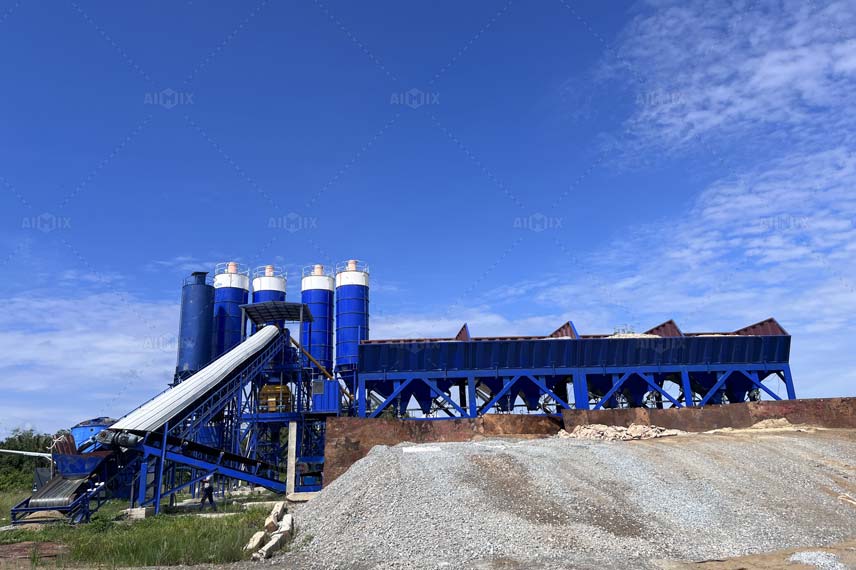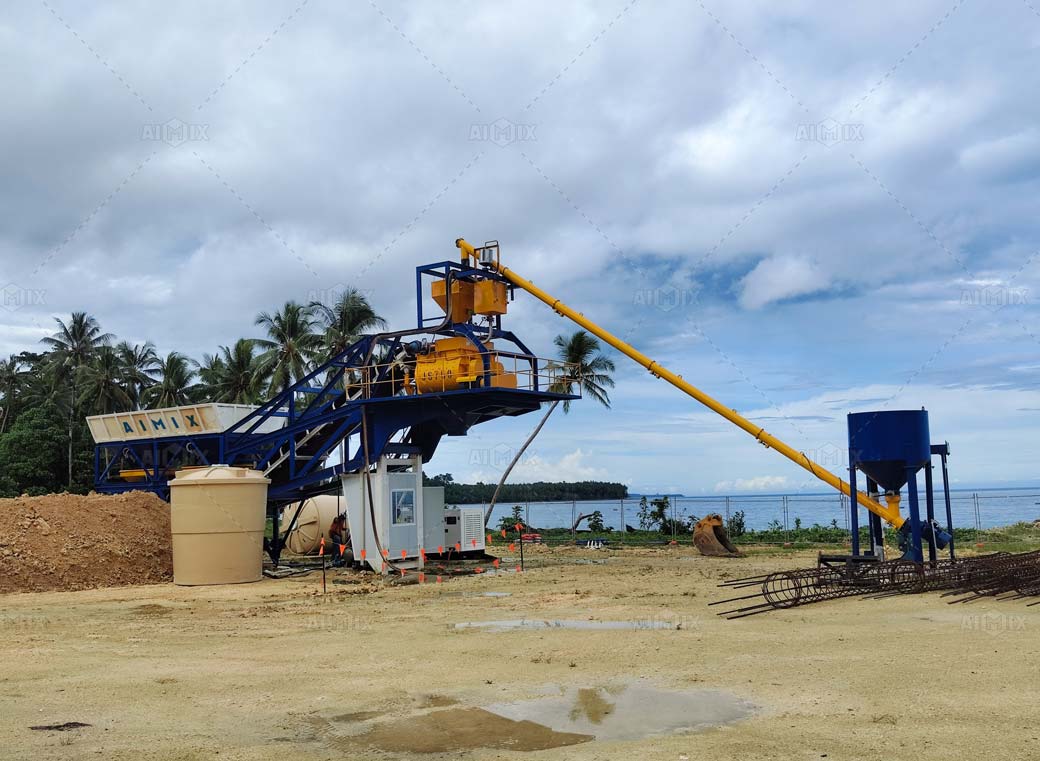1. Expensive does not imply superior!
Every manufacturer of concrete batch plants claims to have the best plant for one reason or another, but do your homework. The majority of respectable producers employ similar materials, thicknesses, and design concepts. A ready mix or precast facility may be more expensive due to more indications, larger capacities, or other factors; however, more expensive does not always imply better.

2. Concrete plants DO NOT COME IN ONE SIZE FITS ALL.
Concrete factories can be found anywhere. From busy building sites to modest prefabricated garages. Some factories employ mixers, whereas others use trucks to mix. Some plants can produce 100+ yards per hour, while others can only produce 1-10 yards per hour. Considering purchasing your first concrete plant(tu planta de concreto premezclado)? Do your homework. Before you get too serious about pricing and plant design, you should have a decent understanding of what you need.
3. A large storage capacity does not imply a high hourly output.
Storage is simply storage. Production refers to how quickly the plant can produce concrete. The production will be depending on the size of the transfer conveyors, batchers, and possibly the mixer size if applicable. The storage is determined by how much material can fit into bins. Some plants have a modest amount of material storage but a high output, whilst other huge plants are slow but have a large amount of material. If you are considering purchasing a concrete plant, you must consider what is crucial in your company strategy.

4. Batch mixers are used in precast concrete factories, while mixer trucks are used in ready mix concrete plants.
The machine weighs and brings the concrete elements together, but they must still be mixed together. Ready Mix plants, as they are popularly known, will use a truck with a mixer mounted to it to mix the concrete from the plant while in journey to the concrete plant(la planta de concreto). Precast, Paving, and Central mix facilities all feature a mixer on-site that quickly mixes the components together. The mixed concrete is subsequently put into a cart, dump truck, or other means of transportation to its final destination.
5. Accumulative and decumulative weighting are not the same thing.
Accumulative weighing is the process of dropping stuff from a hopper onto a scale. When the scale has accumulated all of the required material, it is placed into the truck or mixer. Decumulative weighing, also known as reverse weighing, employed the hopper as the scale, dropping the required amount of material from the scale/hopper onto a conveyor for loading until the hopper had the proper weight. Everyone has an opinion about what is better and why.
6. Don’t forget about shipping costs.
Transporting a concrete plant might be costly. Some concrete facilities have oversized cargoes, escort cars, and additional permission fees. Shipping is rarely included in the cost of a concrete plant, but it can be a substantial investment that you should plan for have a peek here: http://aimixgrupo.com/planta-mezcladora-de-concreto/.
7. After-sale support is far more valuable than pre-sale salesmanship.
Oh, the tales! Some salespeople will say anything to close the business. A customer recently told me that a rival would not provide factory setup support, but the salesman guaranteed him that he would be onsite with his boots and gloves on the day of delivery. I’ll leave it to you to figure out how that one ended.
Inquire about what happens once the equipment of AIMIX is delivered. What if something doesn’t work as it should? Who is in charge if field repairs are required? How will technical help be handled in the future?
